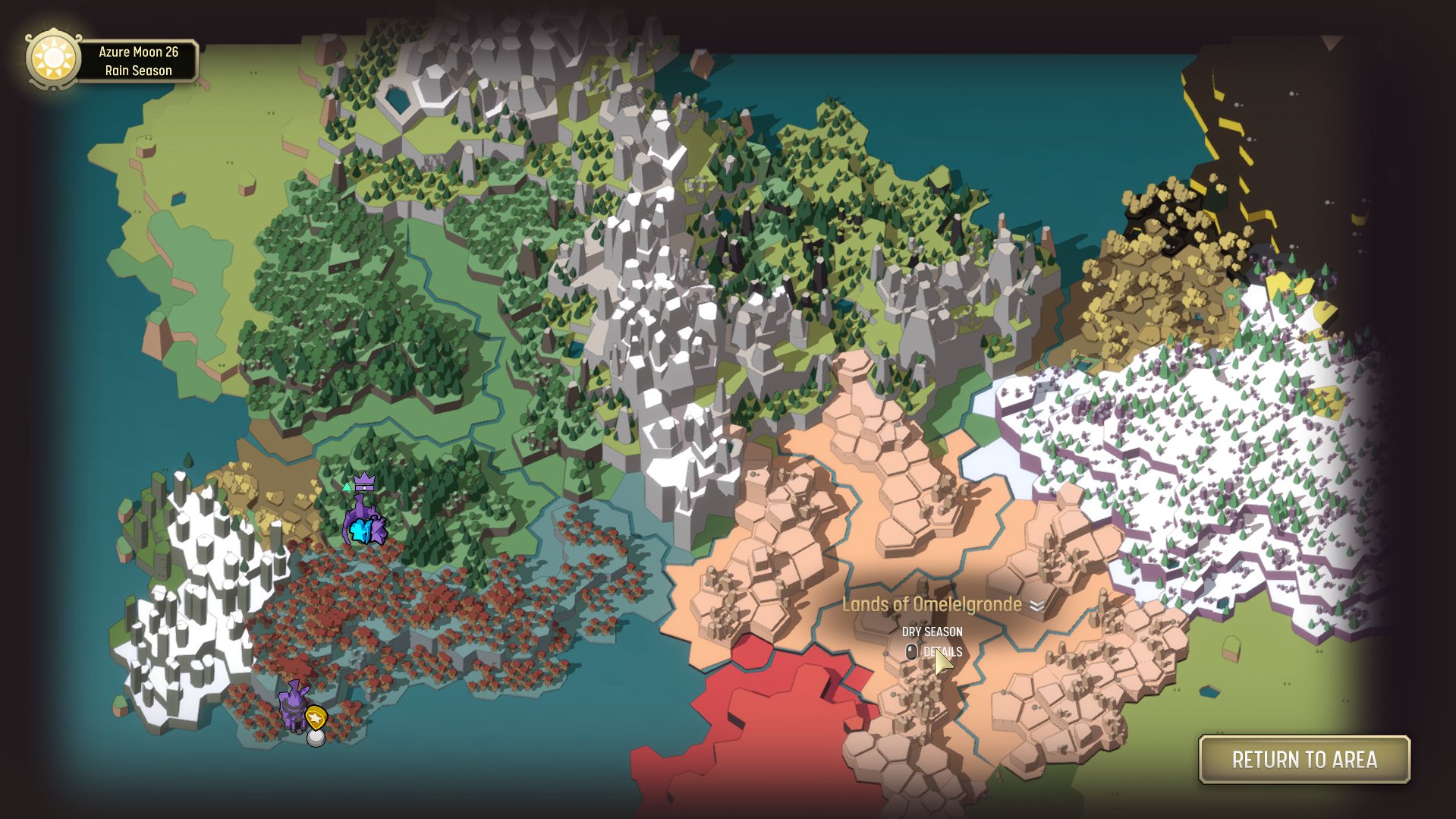Looking back, I’m both proud and grateful for the past twelve months. I was lucky enough to work on lots of fantastic projects, and yet experienced the best work / life balance in a long time. Here’s an overview of everything I worked on:
Lake DLC: Season’s Greetings
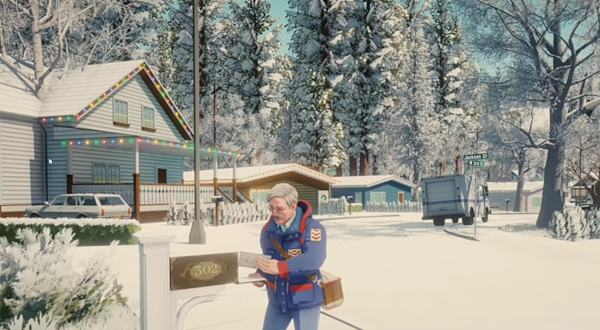
By far the biggest and most prominent project I was involved in this year was the expansion for Lake. It’s called Season’s Greetings, and is the equivalent of a Hallmark Christmas special in game form. Players return to sleepy Providence Oaks, this time in December 1985, as sixty-something Thomas Weiss. Just like in the original, gameplay consists of leisurely walking and driving around the town and its environment, delivering mail and chatting with the locals.
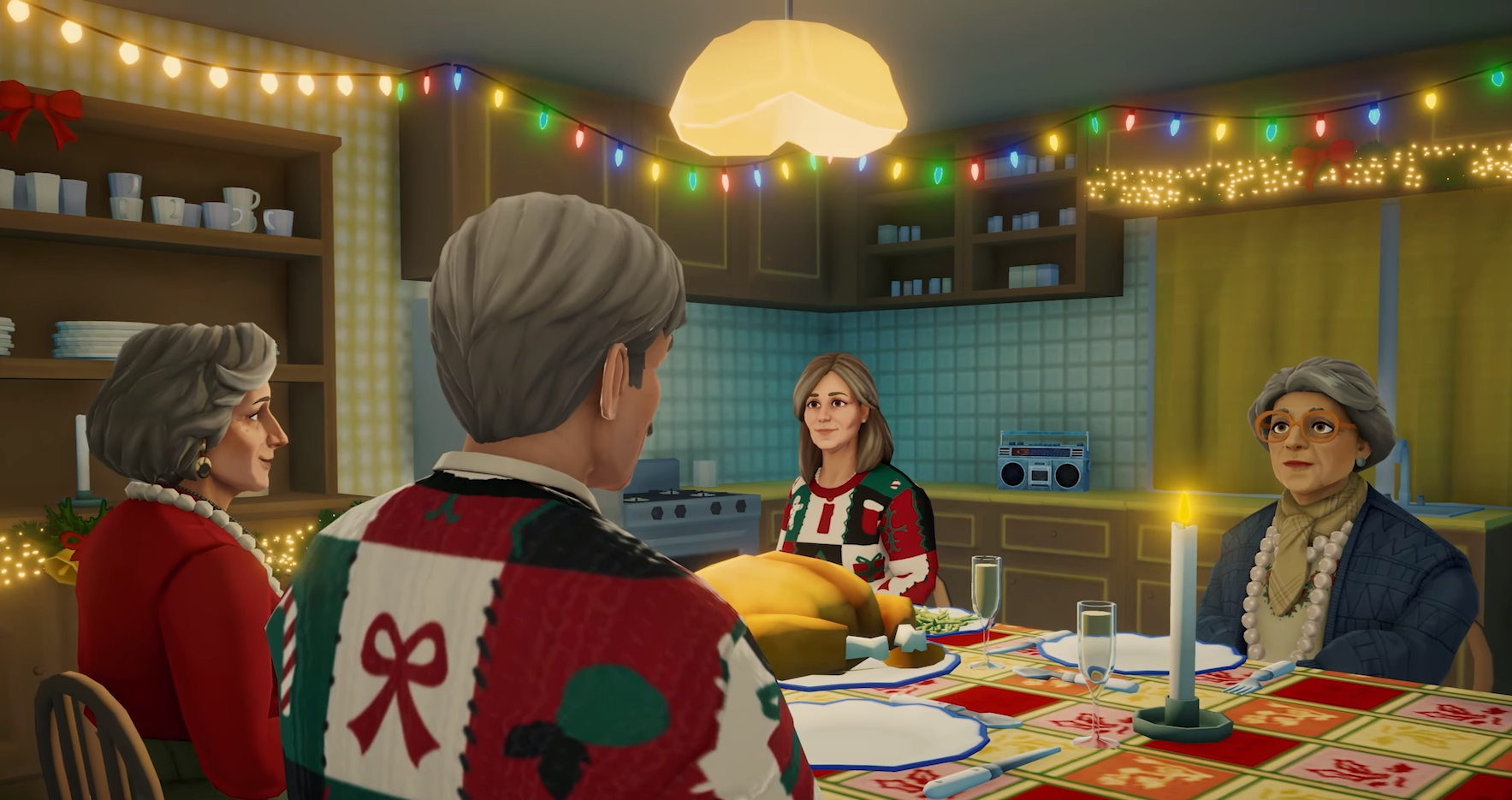
For this installment, Gamious Creative Director Jos Bouman acted as Game Director. I helped out with narrative design, organization of all of the narrative content in articy:draft, managing pipelines into Unity, and directing about half of the scenes including blocking and staging, pacing and lipsync animation.
Season’s Greetings launched on Steam, Xbox and PlayStation on November 15, well in advance of the holidays. I’m thrilled to report it has been well received by players and critics alike!
Master of Ravens
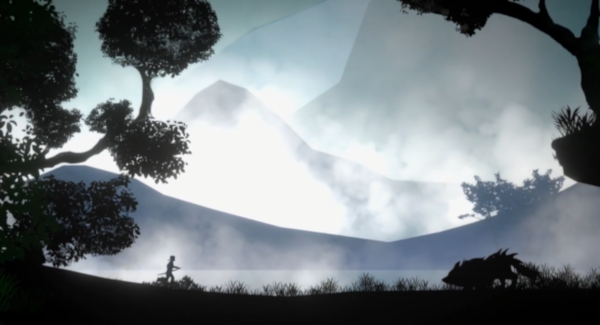
Back in 2022, I was invited by Intronaut to work on an amazing concept about a young boy with a special talent: he can command ravens. Taking place in an already rich and well-developed world, Master of Ravens features wonderful lush graphics and an immersive soundscape.
It ultimately turned into a strong proof of concept demo earlier this year, to be shown to publishers and investors at game conventions. It was an absolute blast to work on as lead programmer and co-game designer.
Fairway Tycoon
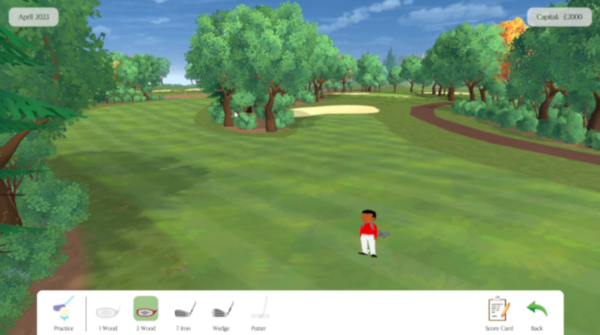
Also last year, the founders of Tempered Lobe reached out to talk about their love for the original Sim Golf game. They wanted to create something similar, but for modern audiences, and thus Fairway Tycoon was born. After a period of consulting I became the project’s lead developer, and worked with them to create a solid proof of concept demo.
It was a lot of fun to discuss designs for all the various elements such as interface, navigation, golf ball physics and AI, and implement all of these features into a coherent package.
Carbon Masters
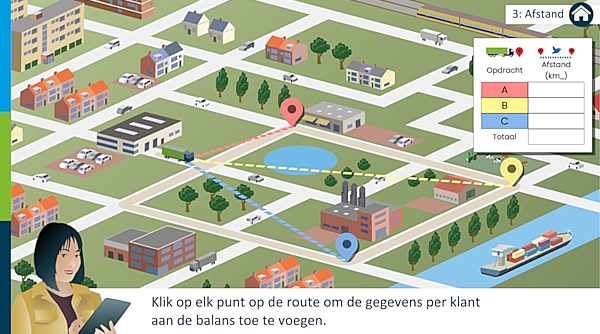
21CC creates games and training courses to help companies on-board their personel. I had worked with them previously, and this time I got to be part of a production about carbon emission, for Connekt. In a series of levels, players are informed about the impact transport logistics have on the environment. They are then challenged to find the optimum distribution of goods over a number of trucks at their disposal.
My role as lead programmer on Carbon Masters included co-designing and implementing many of the interactions, level structures and tutorials, as well as implementing all of the graphics provided by our visual artist.
Untitled Card Game About Poverty
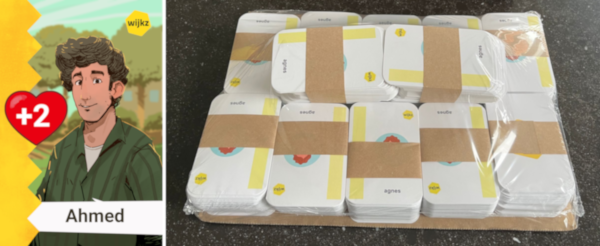
Together with Daan Groen of Preludens and a few other organizations, we are making a card game about poverty. It’s a complex subject, so we had to set realistic goals. We aim to make a fun and challenging game about managing money, energy and focus. When things go sideways, there are multiple ways to get help, mimicking options available in real life.
The game is currently in development. As co-designer I am now working with talented artist Peter Klijn to turn our prototype into a beautiful, finished product.
Jungle the Bungle
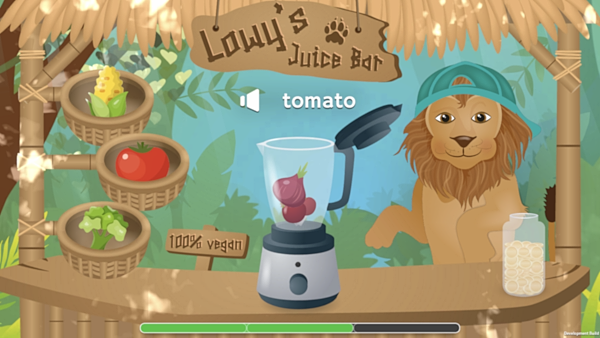
One of my favorite projects of all time! I am super excited to be involved in Jungle the Bungle, be it only as a consultant. The real work is done by inspiring co-founders Carolina and Amber, by games marketing agency Game Drive, and by development studio Hulan.
Jungle the Bungle is an amazingly fun and inviting world full of joyful animal friends. The eponymous game that is set to launch in early 2024 invites children ages 2-7 to learn foreign languages. Exciting minigames are full of colorful images to discover, each accompanied by both spoken and written words. Makes me wish I was a kid again!
Het Verdwenen Woud
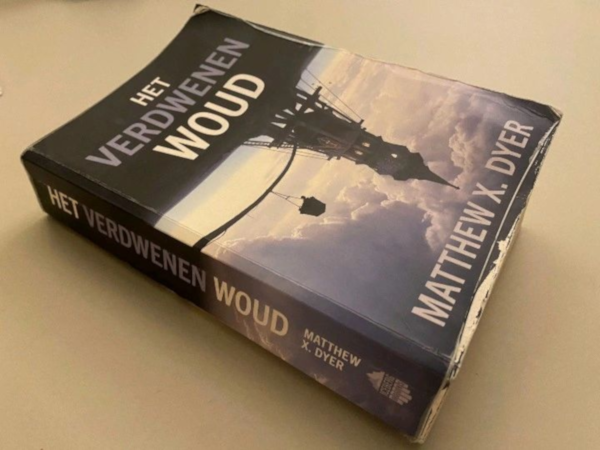
My friend Matthijs Dierckx is a multitalent. Known by many as the co-founder of Control Magazine, he is also an accomplished composer and sound designer. More over, he wrote a young adult fantasy novel of about 400 pages called Het Verdwenen Woud (“the lost forest”), which was published last year. And I might be biased, but honestly, it is brilliant. Please go read it.
He kindly invited me to record the audio book version of his story, and of course I just had to jump at this opportunity. I’ve been wanting to kickstart a voice acting career for years now, even taking multiple professional courses. I’m proud to say I just finished recording the whole book earlier this week! Matthijs and I expect to launch this narrated version of the book sometime in 2024.
…And a Few More Things
In addition to all the wonderful productions mentioned above, I did consulting work on a number of other projects, some of which are still under NDA. Hopefully they’ll make it into next year’s review.
I also launched a new website called FreelanceGameDevs.com . As the name suggests, is a big list of all the marvellous (Dutch) freelancers offering their game development and related services. If you need additional help on your projects, be sure to have a look.
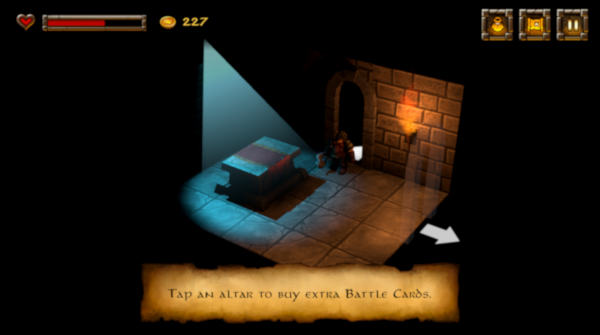
And finally, I am working on two projects of my own at the moment. One is Dwarf Quest, a casual dungeon crawler that originally released in 2012 for iPad. I am updating its code and graphics a little, preparing it for a (re-)launch on Steam. All part of my secret plan to turn my company, Wild Card, into a proper publishing company.
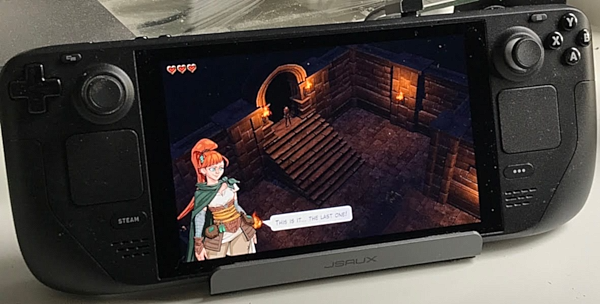
The second project is Rogue Warlock, a twin stick dungeon crawler. Its prototype is well on its way, running nicely on Steam Deck! A few months ago I applied for a grant from the Stimuleringsfonds, proposing to explore this game’s narrative, characters and environments. Amazingly, my application was just approved last week! Which means together with three other designers, I’ll be able to start on this concept very soon.
As I said – very proud of and grateful for this past year. Here’s to 2024!





